Changing Skyline
Never mind from where it came—there are several explanations about the etymology of the name Kôlikata (Bengali: কলিকাতা) [ˈkɔlikat̪a]. What matters is it is the name of a city whose existence can be traced back to over two millennia as indicated by the archaeological discovery in Chandraketugarh—a place several kilometers away. Since then, this city of joy, love, passion, desperation, protest, and revolution is breathing.
Maybe battered and bruised by many historical and social upheavals, but the city and its people are relentlessly in pursuit of living—realizing their dream of what they think is the best of life.
Life In a Metro
The history of modern Calcutta started with the advent of the British Raj in the form of the East India Company appearing in these parts of India and established Fort William. It had been an astonishing journey from a fishing village to a great city of pomp and grandeur. That was one of the earliest signs of colonial British intentions. They came and indeed contributed to the skyline of the city—it became known as City of Palaces. When you travel today, amid modern and recent buildings, you can still find vestiges of colonial India in lanes and by-lanes of erstwhile Park Street and Theatre Road and many other places.
Travel on foot and there is no dearth of interesting elements you will encounter with. Life is flowing in this city at its own pace. Some say it is dying; some say it has already culminated to a state of no-return—even then no one ever succeeds to avoid the charm, vibrancy, and exceptional variety of Calcutta.
Britishers wanted to build the ‘second city of the Empire' right here and along with various majestic European buildings of varied architectural styles, there came a bouquet of splendid churches all over the city. Their rich history and intriguing facts and stories are elements of a worthy tour of city churches.
It can be completed in nearly 3 hours or so, and my personal suggestion would be to cover it as much as possible by walking. Keep your vehicle and a local guide handy though. There is the possibility of losing your way in the maze of roads, lanes, and streets of this amazing city. Walking down the memory lane itself is a worthy tour here. History has evolved in many dimensions; every building and road and the roadside shop has a unique story to tell.
Towering Tall
Brief Tour of City Churches
Begin your tour at St. John's Church. Originally a cathedral, one of the first public buildings founded by East India Company in Calcutta and the third oldest church of the city. This brick and stone made structure has a unique history of using stone since it was kind of rare and not-so-easily-available material in 18th century Calcutta. The Stone of this church came from medieval ruins of Gaur which were shipped down the Hooghly river.
The church is a specimen of Neoclassical architectural style—square in shape with a 174-ft tall stone spire. The grandest pipe organ of the city is housed here.
Next, you walk to the breathtakingly beautiful Magen David and Neveh Shalome Synagogues, the biggest and first synagogues in Kolkata, respectively. Trace the history of Baghdadi Jews here. They are descendants of Indo-Iraqi Jews and history tells us that the community settled down primarily in various port areas and along the trade routes around the Indian Ocean and South China sea.
They all happened to be of the Islamic faith and while came to India, Baghdadi Jews had a sizable population in Calcutta. At Neveh Shalome, swoon at the buildings' interiors, and indulge in an interaction with the local informative keepers.
Follow your guide to the Armenian Church of Holy Nazareth, the heart of the Armenian community in India. Arguably the oldest church of Calcutta, this is an 18th century Armenian Apostolic church -- the seat of the Armenian Vicariate of India and the Far East. Signature of wealthy Armenian merchants are written all over the structure with its use of expensive black and white marble and gorgeously decorated interiors including inset frescoes and paintings. Here you also find the oldest known graveyard of the city.
Head toward the Holy Rosary Cathedral. Otherwise known as the Portuguese Church, this is the last remaining architectural relic of Calcutta's lesser-known Portuguese history. Painted in a vivid blue and pristine white, the church is currently the seat of the Archbishop of the Roman Catholic Archdiocese of Calcutta. The cathedral with its two lofty towers adorned by crown-shaped cupolas is a unique reminder of the city's highly cosmopolitan past. While you are accompanied by a guide, a chapter of the city's interesting and informative history about Portuguese life and society will be revealed.
After the Portuguese Church, pay a visit to the Beth El Synagogue, the third Jewish synagogue in the city. The synagogue can make you recall the glorious memories of the Jewish Calcutta from the past. The name Beth El Synagogue literally means ‘House of God' and it contributed to the full religious life of the Jewish Community in the city. The Synagogue is approached by a flight of marble stairs topped with an arched stained glass and finally crowned with a clock. The pale yellow-faced of the Bethel Synagogue is complete with Jewish iconography of the hexagonal “Star of David” and the seven-pointed candle stand of “Menorah.” The interior is astonishingly well maintained. The stained glasses are the one of the finest attractions of the Beth El Synagogue and it creates a stunning atmosphere inside.
Your last and final stop will be St. Andrews Church. The only Scottish Church of Calcutta was popularly known as “Laat Sahib ka Girja” (Church of the Governor-General) probably because the foundation stone was laid by the wife of the Governor-General, Marquis of Hastings. Declared as a heritage site by local civic administration, the church is a notable landmark lying at the heart of the city. While enjoying its beautiful interior and other features, do not miss a fine organ inside and the clock on its spire.
Notable City Landmark
Your experience in Calcutta will range from a cultural sojourn to a culinary delight. We may agree on the assumption that local food can really connect you with the soul of a city, or with any place you are traveling. In Calcutta street food variety, you experience some of the best heart-melting foods in the world at a fraction of the cost that you would pay anywhere else.
It will not be an overindulgence to say that Calcutta food has awesome flavor because a plethora of influences—both social and historical—has revolutionized its cuisine landscape. Other than street foods, the destination of my obsessed desire for good food is Peter Cat at Park Street. No word can be enough to describe the delightful food here; you simply need to visit the place.
Mon Amour
In terms of accommodation, you have a varied and splendid choice of hotels to pick from. If your preference is to stay at the heart of the city, Peerless Inn in the Esplanade area is a decent and budget-friendly option. On the higher side of opulence, The LaLit Great Eastern Kolkata has a rich history and tradition as the longest continuously operating luxury hotel in Asia since the year 1841. And, of course, The Oberoi Grand Calcutta has its own place on the tourism map as one of the finest properties around.
Sunset in the City
Love it or hate it—the city of Calcutta will always amaze you.
For Booking and Details:-
Travel Tips:-
Tours & activities:-
Accommodations:-

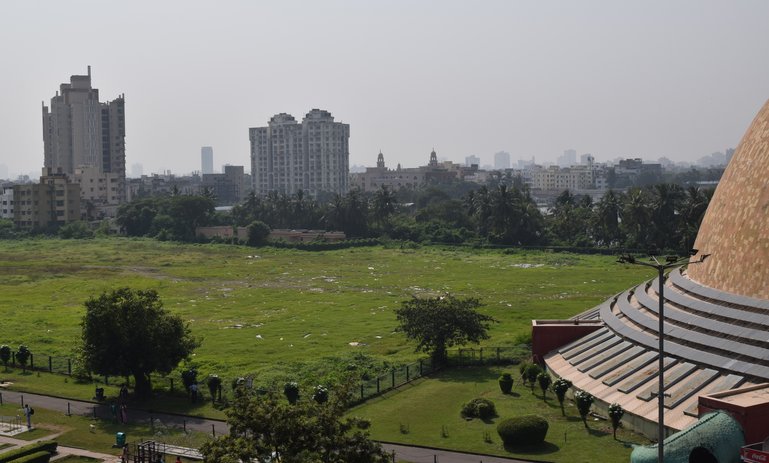
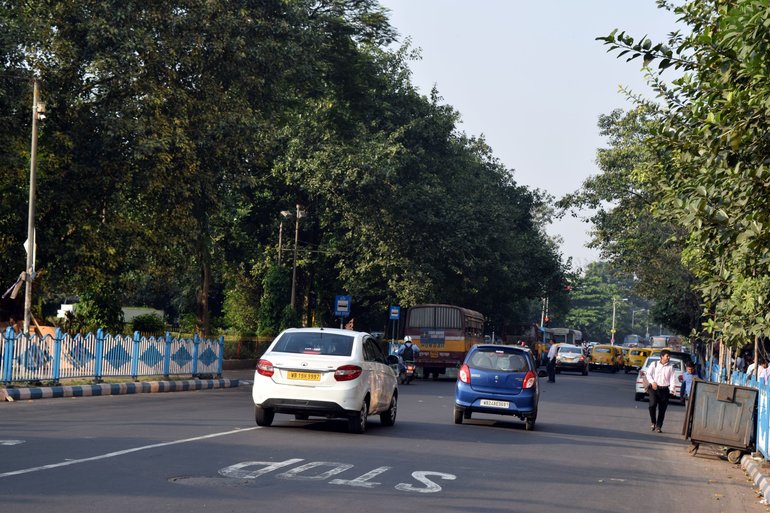
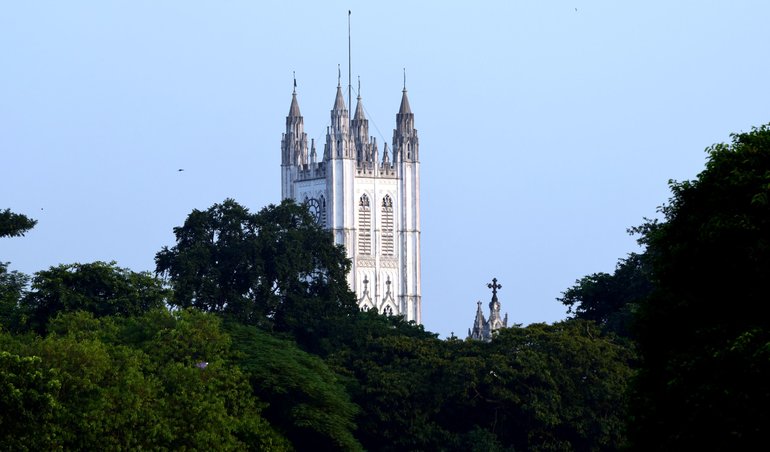
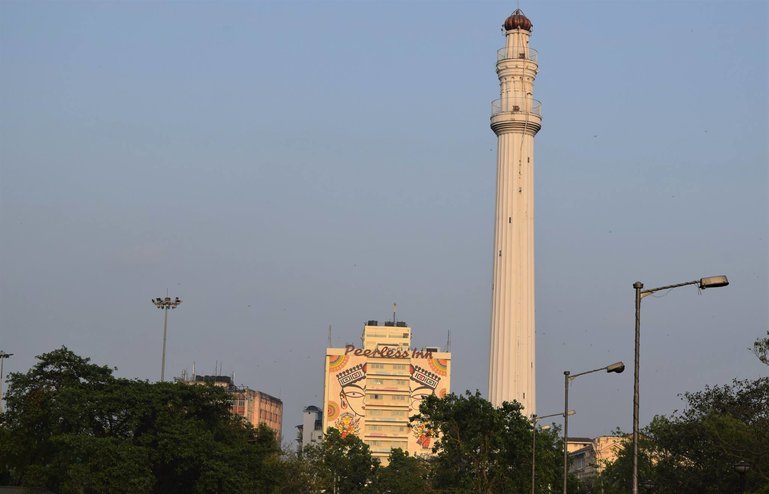
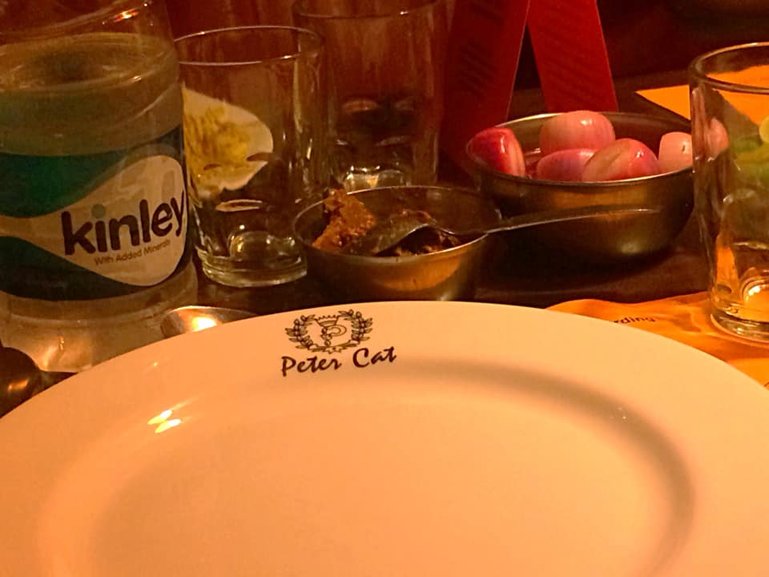
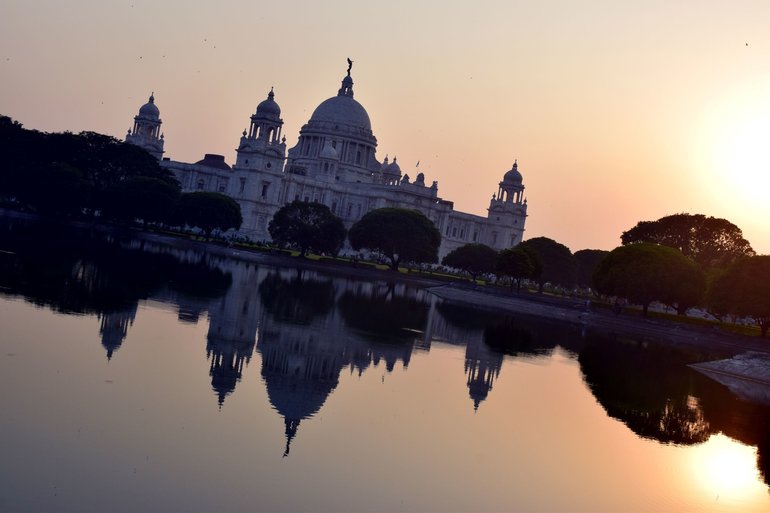

0 Comments